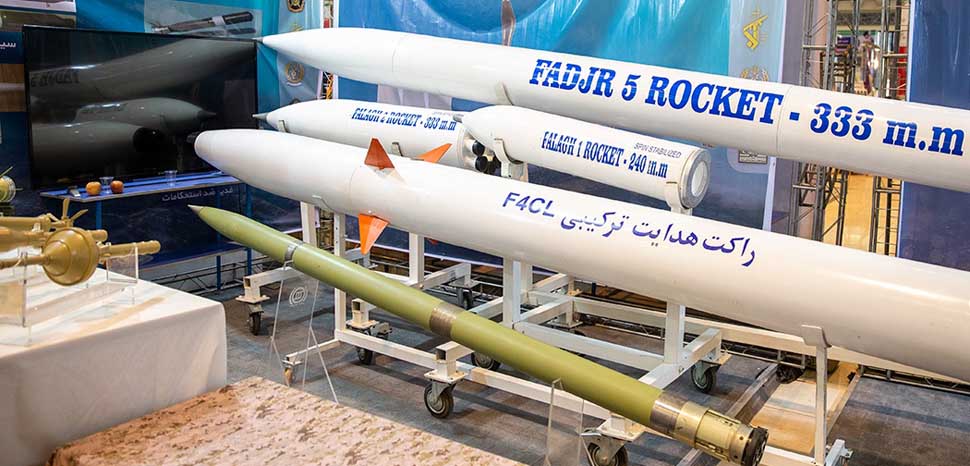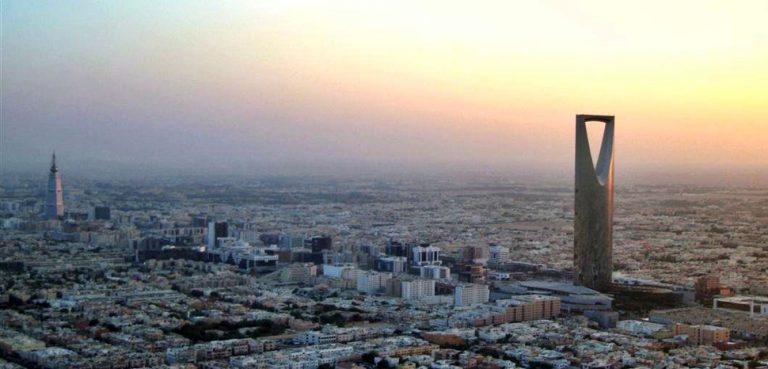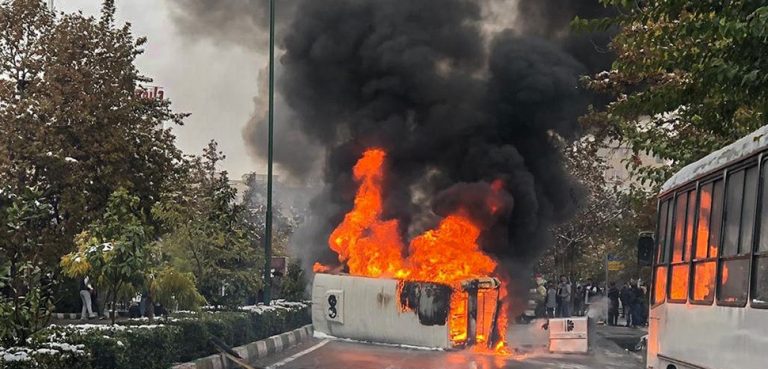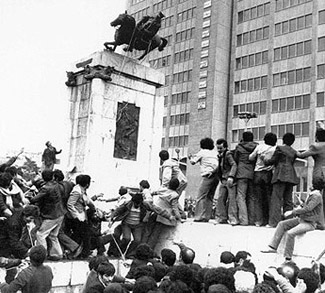Like its growing ballistic missile arsenal, support for regional actors constitutes a core component of Iran’s military and deterrence posture. The so-called Iranian ‘axis of resistance,’ which includes partners and proxies in Lebanon, Syria, Iraq, and Yemen, enables Tehran to project power beyond its immediate borders. Each member of Iran’s alliance network plays a critical role deterring competitors from confronting Iran more directly. Furthermore, several of Iran’s partners immediately border Tehran’s adversaries and pose a credible threat to their national security. Despite continued international efforts at counterproliferation, Iran continues to provide its partners with weaponry and production capabilities exceeding their current industrial capacity.
Iran proliferates its weapons systems to its partners and proxies for several reasons – to act as a force multiplier, to extend deterrence capabilities, to field test weapons systems, and to maintain plausible deniability. Like Tehran, members of the axis of resistance are in conflict with technologically superior enemies. Lacking functional aerial capabilities– UAVs, ballistic missiles, and rocket artillery are seen as more affordable options that enable these actors to strike adversaries behind the front line of conflict. Due to inconsistent accuracy, these weapon systems are not intended for tactical purposes but are rather aimed at achieving maximum psychological and political impact on civilian and military targets. Providing regional allies with more sophisticated weaponry aligns with a facet of Iran’s deterrence policy that seeks to deny potential foes their military objectives, deny enemy access to territory along Iran’s borders, and raise the costs of massing forces nearby.
Iran’s transfer of relatively advanced missile and UAV capabilities serves another purpose, providing plausible deniability for its actions within the context of its ongoing grey zone operations against the United States and its regional strategic partners. This strategy manifests itself in the form of proxies and partners claiming responsibility for actions undertaken by Iran itself. After an attack against Saudi Aramco in 2019, Ansar Allah (the Houthi movement) claimed responsibility for the attack. However, according to Western intelligence sources, the attack did not originate in Yemen but rather from Iraq or Iran. Another form of deniability comes via Iran ordering its proxies to conduct strikes on its adversaries.
To provide its allies and proxies with UAVs, artillery rockets, and ballistic missiles, Tehran primarily uses three complimentary provision strategies: direct transfers, upgrades to existing missiles and rockets, and transfer of production capabilities. Traditionally, Iran chose to directly transfer systems produced in Iran to its allies. Deliveries of this character are conducted via straightforward smuggling routes that are frequently employed by criminal networks. Weapon systems are transferred in whole or transported in pieces to be later reassembled upon reaching their destination. However, direct transfer of weaponry is susceptible to interdiction by Iran’s adversaries. Actors such as the United States, Saudi Arabia, and Israel have pursued a rigorous policy of land and maritime interdictions to stem the flow of Iranian weaponry into Syria, Iraq, Lebanon, and Yemen. Iran has been caught transferring sophisticated weapons to its partners as early as 2013, when the USS Farragut intercepted the ship Jihan 1 off Yemen’s coast, which was carrying provisions of rockets, antiaircraft missiles, and explosives. Another notable method of proliferation is upgrading artillery rockets and ballistic missiles that Iran’s partners already possess, nominally through provisions of precision guidance conversion kits. Iran views this method of transfer as less complex and dangerous than exporting complete missiles. Tehran’s more capable allies like the Lebanese Hizbullah are already in possession of thousands of unguided artillery rockets and antiquated ballistic missiles that originate from the Islamic Republic. Converting Hizbullah’s inventory of rockets is more logical and cost-effective than overland smuggling through Iraq and war-torn Syria.
The Islamic Republic’s strategy of transferring missile production capabilities to its partners has been in place for over a decade. Such a strategy ensures that despite potential cut offs to smuggling routes, axis of resistance members retain the capacity to produce lethal aerial weapons. In doing so, Tehran maintains plausible deniability, obfuscating itself from international backlash and further strengthening its deterrence posture. However, recognizing the threat such a strategy poses to its national security, Israel has been engaged in a veritable air campaign to eliminate suspected missile production facilities in Lebanon, Syria, and Iraq. For example, Israel has frequently destroyed large industrial facilities suspected of developing solid-fueled ballistic missiles in Lebanon and Syria. In response to such strikes, Iran has altered its approach to production transfers. In 2019, a website affiliated with the Islamic Revolutionary Guard Corps Quds Force (IRGCQF), published information boasting of Tehran’s ability to equip its partners in the Gaza Strip with artillery-rocket technology and capabilities. Weapon systems pictured and described in the publication included the Palestinian Islamic Jihad Badr-3 255mm heavy artillery rocket. On the surface level the Badr-3 resembles a typical improvised Gaza artillery ordinance. However, upon further inspection, the system’s warhead and propellant casing is marked in Farsi, while a video demonstrating motor testing of the rocket has been geolocated to the IRGC Bidganeh site. The information available on the rocket illustrates that it closely resembles more complex Iranian rocket artillery, but its specifications do not match any design known to be operated by the Islamic Republic itself. Rather, it is likely a system purposefully designed in a simple fashion for local production outside of Iran. Assembling a precise rocket is no easy feat but is significantly less complex than constructing ballistic missiles. The Badr-3 is an example of a precision-guided rocket optimized for proxy production that augments the deterrence and strike capabilities of Tehran’s partners and proxies. Construction of systems such as the Badr-3 can be decentralized, spread among small facilities, making it difficult to disrupt the chain of production.
Iran’ strategy of elevating its deterrence capabilities has evolved over time, finding innovative ways to circumvent adversarial efforts to contain Iran’s influence. Providing partners with precision guided weaponry allows Tehran to retain a degree of coercion over actors such as the United States, which it seeks to leverage to gain favorable outcomes in ongoing negotiations.
The views expressed in this article belong to the authors alone and do not necessarily reflect those of Geopoliticalmonitor.com




